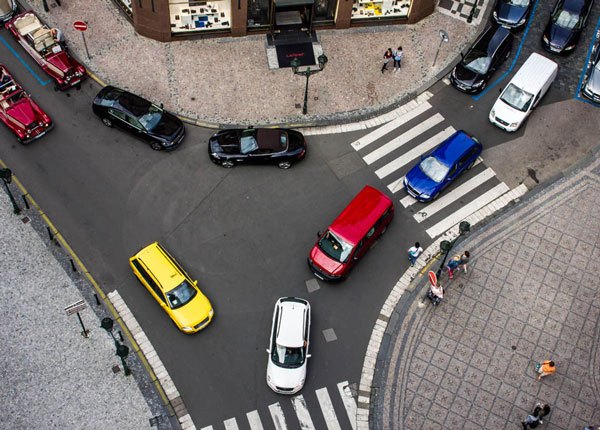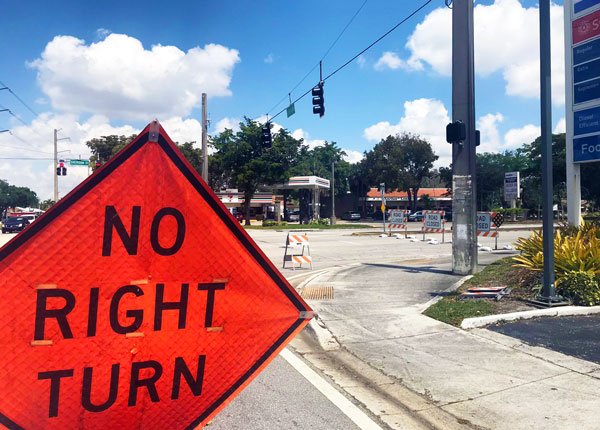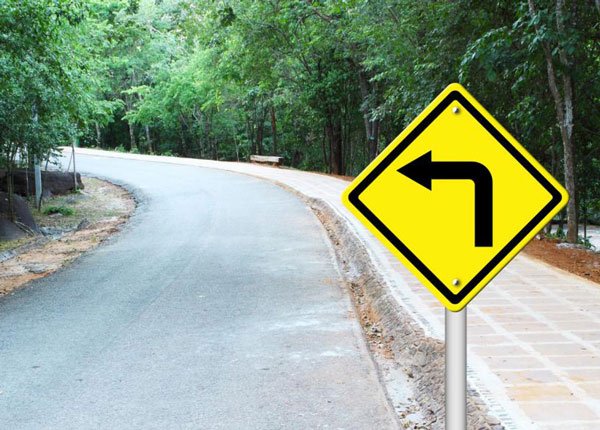
Unprotected Turns - The Right Way To Navigate Complex Intersections
Updated Oct. 30, 2020“Protected turns” are made at an intersection under a green directional arrow signal. When you make a protected turn, pedestrians, cyclists and other streams of traffic are held back by a red traffic signal. Providing that no road users are still in the intersection when the green arrow signal comes on, you may complete your turn without yielding or having to contend with conflicting traffic. With that in mind, let’s talk about unprotected turns.
What is an unprotected turn?
Any and all turns made at intersections without the aid of a green arrow signal qualify as unprotected turns. As the name suggests, making an unprotected turn is riskier and more complicated than making a protected turn. When the turn is unprotected, you must yield the right-of-way to oncoming traffic and pedestrians before turning. Drivers should monitor opposing traffic and wait for a space large enough to move through the intersection safely.
Where can you make an unprotected turn?
You will only encounter protected turn green arrow signals at busy intersections that experience high volumes of traffic. On rural roads and small intersections, protected turn signals and dedicated turn lanes simply are not necessary to ensure the safety of road users. Uncontrolled intersections with no traffic lights whatsoever are common in rural areas. When making an unprotected turn at an uncontrolled intersection, be sure to abide by road signs and right-of-way laws.
Many intersections will allow both protected and unprotected turns. If this is the case, it may be indicated by signs at the intersection. For instance, a “LEFT TURN YIELD ON GREEN” sign reminds drivers that they may make an unprotected left turn while yielding to other motorists, even if an inactive left-pointing green arrow is present.
In this instance, a solid green light would permit the unprotected turn. This would be true even when an explanatory sign is not present. Just remember that your turn is only protected if you move through the intersection under the green arrow. Otherwise, you must yield to pedestrians and other traffic.
 The left turn yield on green sign reminds drivers that they may make a turn, but do not have the right-of-way and must yield to traffic coming from the other direction.
The left turn yield on green sign reminds drivers that they may make a turn, but do not have the right-of-way and must yield to traffic coming from the other direction.



